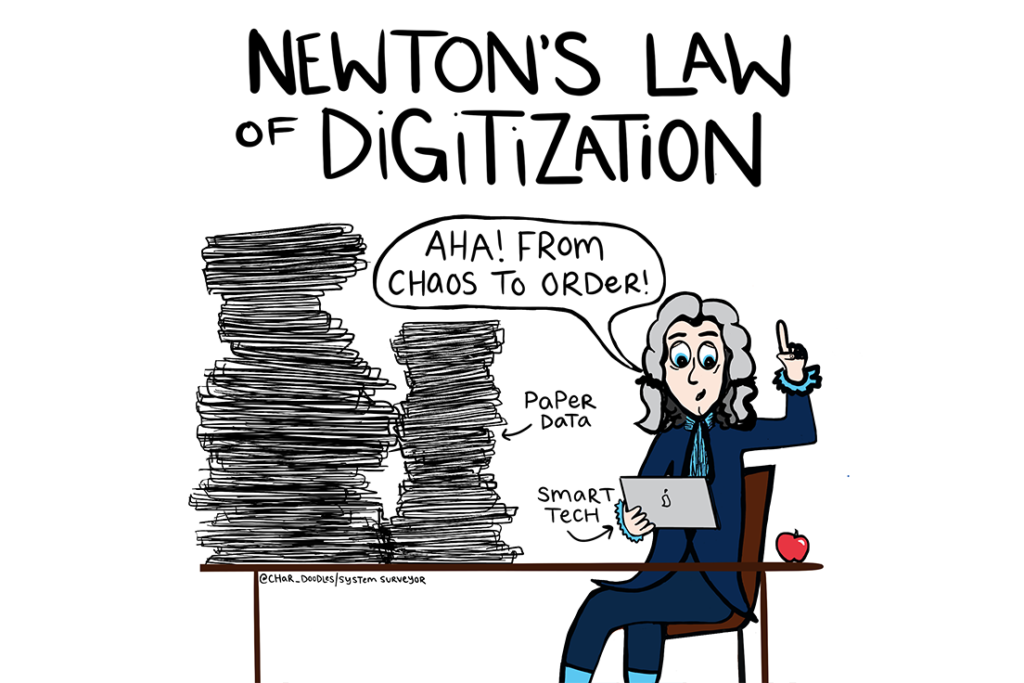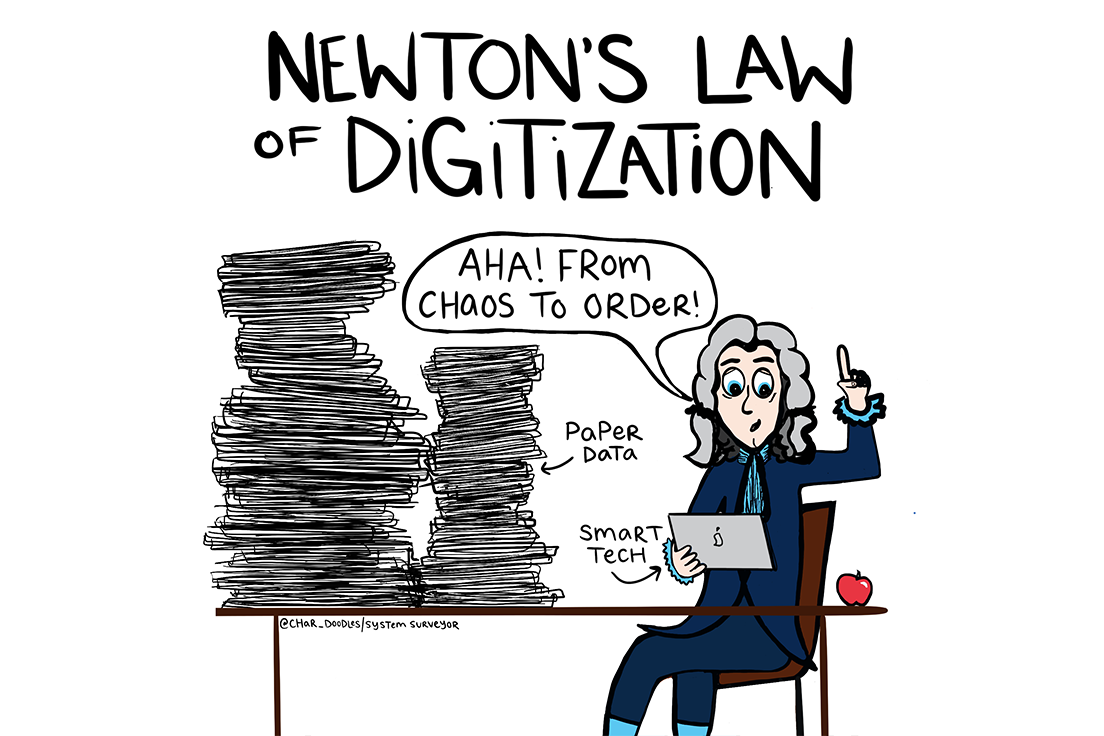
Imagine a perfect machine, operating smoothly on a predictable course with no random deviations or chaos. While this description may apply to the universe in the eyes of Sir Isaac Newton, it can also describe a well-oiled system project.
When Newton investigated the laws of motion over 300 years ago, he discovered that one concise set of principles could describe and predict a shockingly wide variety of systems to an incredibly high degree of accuracy.
Though he wasn’t directly referring to IoT system design, installation, and maintenance at the time, the same principles apply today. Read on to learn how Newton’s three laws of motion can bring clarity to any system project.
1: Inertia
Newton’s first law of motion states that every object will remain at rest or in uniform motion unless compelled to change its state by an external force.
The same applies to the everyday workflow; if you’re frustrated by constant inconveniences like trying to find, sort, and organize all of the correct papers and photos for a system project, but you continue designing floor plans with a pencil and taking site photos from your phone, you’ll continue to see go-backs, errors, and delays. These issues will remain at rest and your progress will remain stagnant — unless compelled to change by an external force.
Moving forward and becoming faster and more efficient will require intervention, and in this situation, the outside force is a digital solution. With intelligent system design software, you can transform all of those disorganized paper files, notes, emails, and photos into one cohesive and easy-to-navigate digital floorplan.
2: Acceleration
Newton’s second law of motion states that if a force acts on an object, it will cause a proportional acceleration of that object.
If you make it out of your stasis and your digitization is pushed into motion, it will accelerate your business at the same rate as the energy you put in. If you hardly put in any effort and pay minimal attention to the process, your digital transformation is likely to be over before it can even start. On the other hand, if you dedicate time and effort into carefully doing research and dedicating resources toward your digital strategy, a more cohesive result will follow.
3: Reaction
Newton’s third law of motion states that for every action, there’s an equal and opposite reaction.
For every step that you take to improve your daily processes with digital intervention, you will be rewarded with an equal benefit. Efficiency, accuracy, customer satisfaction, and economic gains await if you only take the first step toward digitization.
Digitize Today
If the goal of your project is to design and install a well-operating system, it should be dependable and therefore predictable, not swayed by randomness or chaos. The first step of turning chaos into order in your worklife is to digitize your paper data and clear the clutter — and as soon as you nudge your digital transformation into motion, you’ll start creating productive inertia.
